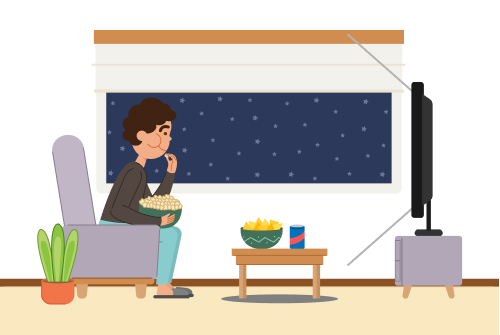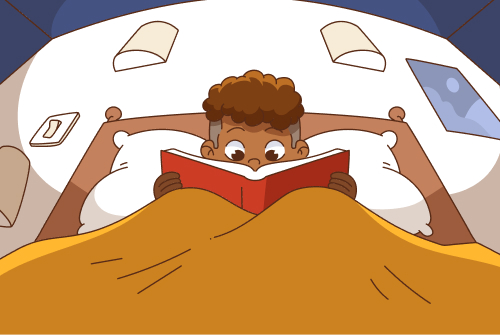Common signs that your child needs attention
Undetected vision problems can impact your child’s performance both in and out of the classroom. Therefore, it’s important to understand eye health so you can recognize the signs that your child may have a vision problem and possibly get it treated. Here are a few signs that indicate your child may be experiencing vision problems and need glasses:
Squinting may be a sign that your child has a refractive error or glasses, which affects how well the eyes focus on an image. By squinting, your child may be able to temporarily improve the focus and clarity of an object.
Your child might cover one eye or tilt his or her head to adjust the angle of vision in an attempt to increase clarity. This might be an indication that the eyes are misaligned or that your child has amblyopia , also known as lazy eye, which is one of the most common eye disorders in children and it is mostly detected at a later stage in life unless the parents get the eyes checkup done on a regular basis.
All of these are all possible signs of poor vision. People who have myopia, or nearsightedness, have clear vision at close range and poorer vision at a distance. Bringing an object closer makes an image bigger and clearer.
Excessive eye rubbing may indicate that your child is experiencing eye fatigue or strain. This could be a sign of many types of vision problems and conditions, including Keratoconus (change in the shape of cornea from round shaped to cone shaped).
If your child complains about eye pain or headaches at the end of the day, he or she may be overexerting the eyes in an effort to increase focus of blurred vision.
Because children need to quickly and accurately adapt their visual focus from distant to near and on a number of different objects ranging from chalkboards and computers to textbooks and tablets, vision problems may manifest as a lack of focus on schoolwork.














